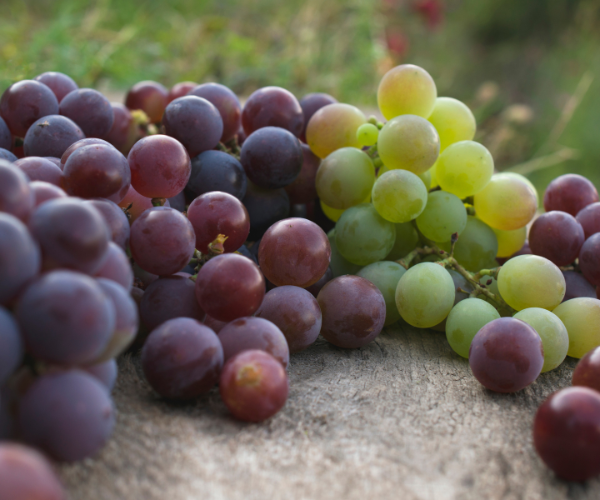
The best advice I’ve ever received about wine is this: “If you’re not a little confused, you’re not paying attention.”
It makes sense. Considering winemaking’s longevity (about 6,000 years), its international scope (everywhere but Antarctica), its laws, its customs, its chemistry, its economics… there’s a lot to be confused about, including how to talk about it. So, here are three wine words that you are probably using incorrectly. Don’t worry though, just about everybody else is confused about them too.

Variety/Varietal
A grape variety is a grape, including any one of the 6,000+ identified wine grapes such as Chardonnay or Cabernet Sauvignon. A wine produced from primarily one variety and labeled as such is a varietal.
Varietal wine is a trend in mid-minute, first appearing circa 1960. Roughly 8,000 years previously, in fickle Old World growing conditions, relying on one grape for income could spell a starving family. So, regions developed unique blends of various grapes with various growing cycles to dodge frost, heat and marauding flocks. Labels championed regions like Chianti or Champagne to stimulate regional pride and sales.
By contrast, in our Golden State’s reliable climate, monoculture allowed the grape farmer to focus resources solely on one variety. As Joe Heitz, proprietor of famed Heitz Cellars famously said, “I grow the best Cabernet in the world. Why should I mix it with anything?”
To differentiate wines from European counterparts and from generic jug wines like “California Chianti,” American producers championed the grape with the varietal label. Nowadays, Europe is following the trend by producing varietal wines and the U.S. is capitalizing on the flexibility of blends, often honoring the Old World classics. We just don’t know what to call them. (See Meritage below.)
To taste and discuss classic blends, join me at The Chopping Block for The Brilliant Blends of France on Friday August 19 at 6pm. We’ll taste six wines illustrating France’s greatest blends, complemented by wine-friendly noshes.

Meritage
In the 1980’s, U.S. blended wine ran afoul of our wine laws which had no stipulation for blends other than generic “California Chianti”-type labels. A contest was organized to create a name, and the winner from about 6,000 entries was Meritage. While it’s often Frenchified to Mare-eh-TAHJ, Meritage is itself a blend of the words merit and heritage, pronounced MARE-eh-tedge.
Dry/Astringent
An astringent wine dries your mouth but isn’t necessarily dry. In wine speak, dry is the opposite of sweet. (In the U.S. we perceive dryness at under 10 grams per liter (g/l). In Europe, dryness is perceived under 6 g/l.) Astringent wine causes a drying sensation, thought to be caused by saliva losing its ability to lubricate. Most red wines are astringent, due to production with tannin from red grape skins and oak barrels but aren’t chemically dry. To try a wine that’s astringent but not dry, ask for this wine in our retail store or your next class:
Lambrusco di Castelvetro Amabile, Cleto Chiarli
NV, Lombardy, Italy
Ripe berries and bitter-sweet chocolate flavors combine in this rich, red bubbly, with sweetness balanced by refreshing acidity. Pair with barbeque, grills, chocolate and good times. For drinkin’, not for thinkin’. $19
We cover wine vocabulary in all of our wine classes as we taste some delicious, but if you are just beginning your journey with wine knowledge, you can't miss How to Bluff your Way through Wine on Saturday, September 10 at 6pm at Lincoln Square.

